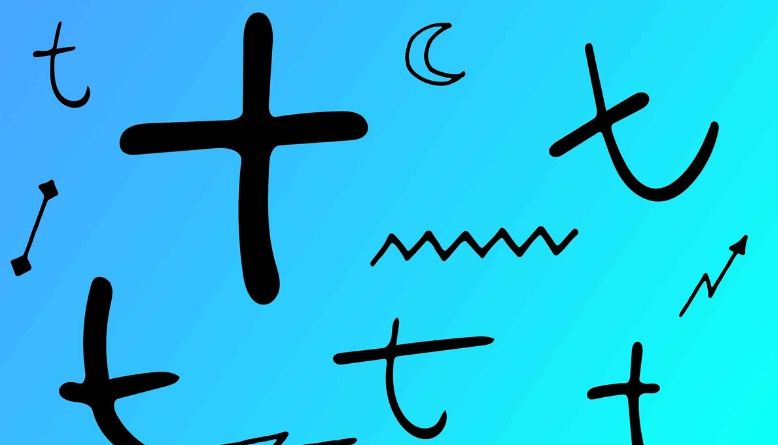Handwriting upper zone shows your ability to distinguish between the right and the wrong.
The moral compass
A moral compass is usually associated with an individual’s high sense of integrity.
Psychological studies show that people with a healthy moral compass are more focused, grounded and they nurture positive relationships with people around them and their environment.
But more than anything, people with a strong moral compass have a heightened sense of right and wrong. They believe in doing the right thing because they have a conscience, and their actions are largely governed by ethical and moral principles.
Fear factor
At some level, it is argued that people with a strong moral compass are guided by a strange “fear of looking bad”. They stick to the right path because they don’t want others to think of them in a wrong way.
That argument is not entirely wrong. Those with a solid moral compass use a certain type of fear as their guide. This type of fear of not debilitating or enfeebling; it’s rather benign, and it helps them keep their heart in the right place.
We may not realise it in our day-to-day lives, but it’s this benign fear that stops us from executing those heinous thoughts about someone or getting into embarrassing situations. It also ensures we stay disciplined and courteous.
In fact, I could go to the extent of saying that this type of fear plays a salient role in keeping us human, and a strong moral compass cannot exist without it.
Handwriting upper zone
In handwriting analysis, this benign fear, or someone’s capacity to be guided by this fear, is seen in the handwriting upper zone. But before you read further, write a few lines using a ball pen.
Done? Now, you can continue reading.
A well-developed but average-sized handwriting upper zone (in the image below), especially in the lower case d and t, indicates that the writer has a heightened sense of pride and feeling of self-respect, which he won’t want to sully willingly.
Average-sized handwriting upper zone shows the writer is concerned about what people say about him.
The pride makes personal dignity a matter of utmost importance for the writer.
In other words, a healthy handwriting upper zone shows that the writer’s fears that if he acts in a wrong or inappropriate way, the self-image he has created will be destroyed.
For many people, this fear acts as a deterrent and prevents them for executing ideas that could show them in a bad light. (Please note a highly irregular baseline in handwriting may neutralise this trait).
If the stems of letters d and t are well-developed, it indicates that the writer is filled with a compulsive need to do the right thing. His behaviour is controlled to a large extent by a moderate fear of what people will say about him. In short, he has a moral compass.
You will be surprised to know this single personality trait, reflected by a healthy handwriting upper zone, acts as a regulator even if there are certain negative traits in the handwriting.
For example, if the writer’s handwriting shows he is very impulsive (shown by a far right slant), but his d’s and t’s are tall, it indicates that the writer has found a way to control his impulses.
Extra-tall handwriting upper zone shows the writer is an intellectual dilettante.
However, you should always learn to distinguish between a well-developed handwriting upper zone and an extra-tall handwriting upper zone.
About an extra-tall handwriting upper zone, graphologist Sheila Lowe says:
An extra-tall upper zone is like someone standing proud, as if he has just achieved some wonderful goal. If the upper-zone height is too tall in proportion to the other zones, the writer may be an intellectual dilettante who lacks the ability to manifest his ideas…”
On the other hand, a short upper zone points to the writer’s desire to avoid getting into the intellectual space or discussions.
About people who write with a short upper zone, Lowe adds:
A short handwriting upper zone indicates a writer who generally doesn’t have strong religious or spiritual beliefs, and who isn’t interested in questioning his values. More materialistic than intellectual…”
In order to determine the correct height of the handwriting upper zone, you will be required to see it in relation to the rest of the script, especially the height of the middle-zone letters.
To know more about middle and upper zones and many other things about handwriting analysis, take up online graphology course.
By the way, did you check your handwriting? Let me know in the comment box whether you found a moral compass there.



